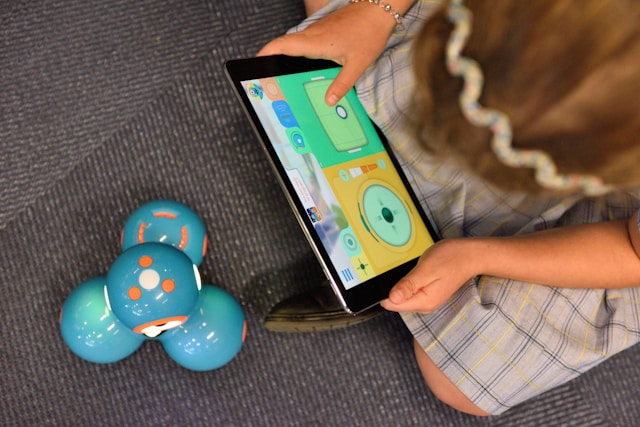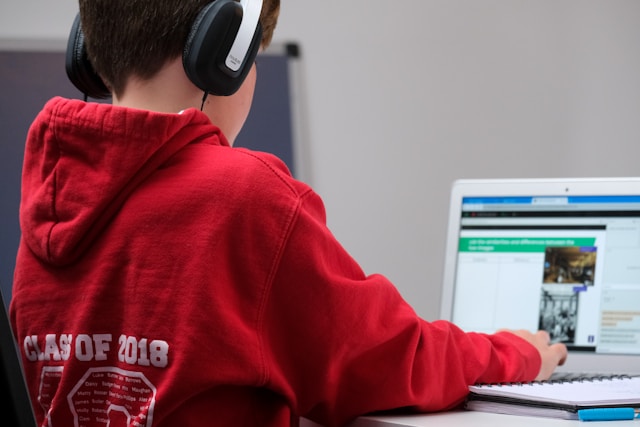
In today’s digital age, one of the biggest challenges for parents is managing their children’s screen time. While technology offers many benefits, excessive screen time can have negative effects on children’s health and development. This guide will provide you with practical tips and strategies to help you navigate the digital landscape and ensure that screen time is a positive and healthy experience for your kids.
Screen time refers to the duration spent engaged with electronic media, such as watching TV shows or movies, playing on computers, laptops, smartphones, or other handheld electronic devices, and using video game consoles. These activities typically involve sitting or lying down, leading to prolonged periods of sedentary behavior for individuals of all ages. Excessive screen time can lead to a variety of issues, including obesity, sleep problems, and behavioral issues.
Excessive screen time can have negative effects on children’s physical health, mental health, and cognitive development. For example, spending too much time in front of screens can lead to poor posture, eye strain, and reduced physical activity. It can also disrupt their sleep patterns, making it harder for them to fall asleep and stay asleep.
To promote healthy screen time habits, it’s important to set limits on how much time children can spend in front of screens each day. The expert recommends that children aged 2 to 5 years old should have no more than one hour of screen time per day, while children aged 6 years and older should have consistent limits on their screen time.
Creating tech-free zones in your home, such as the dinner table or bedrooms, can also help encourage other activities. Be a good role model by limiting your own screen time and engaging in other activities with your children.
While excessive screen time can have negative effects, technology can also be used positively to enhance children’s learning and development. There are many educational apps and programs available that can help children learn new skills and concepts in a fun and engaging way.
Encourage your children to participate in other activities, such as outdoor play, reading, and creative play, to reduce their dependence on screens. These activities not only help them develop important skills but also provide a break from screen time.
Use parental control tools and apps to monitor and limit your children’s screen time. Talk to them about their screen time habits and encourage open communication about the benefits and risks of screen time.
In conclusion, finding the right balance of screen time for your children is crucial for their development and well-being. By setting limits, encouraging other activities, and monitoring their screen time, you can help them navigate the digital landscape in a healthy way.




